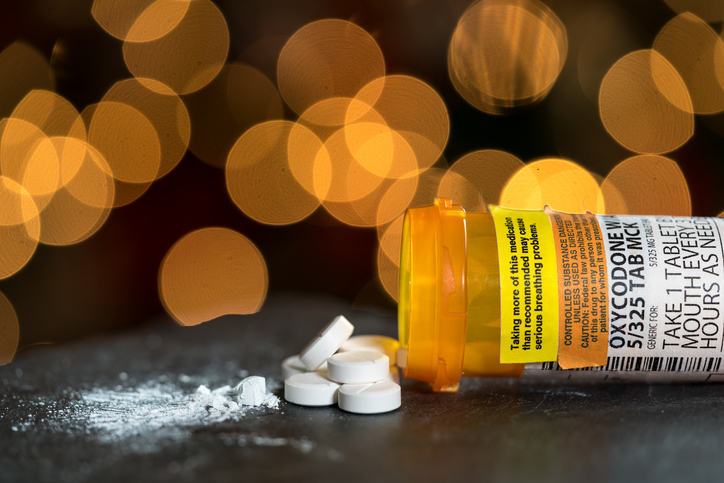What Oxycodone Does to the Brain
Although prescribed to manage pain, oxycodone affects certain opioid receptors in the brain, creating a surge of the neurotransmitter dopamine. This results in a euphoric feeling or a type of high that can become addicting. If the prescription is misused, ingestion is manipulated, or there’s continual use of the drug, the brain chemistry changes; the brain will eventually need the drug to feel normal. At this point, a dependence on the drug has developed.
What Causes an Oxycodone Overdose
Quite simply, an overdose is caused by taking too much of the drug than the body can handle or metabolize. It’s difficult, however, to quantify this amount as it varies based on one’s history of use with the drug, if other drugs are being used, how the drug is ingested, as well as other individual factors. It’s important to know that an overdose can lead to death, and an overdose can happen the first time the drug is used.
Signs and Symptoms of an Oxycodone Overdose
There are certain symptoms that can help you identify an oxycodone overdose. They include the following:
- Breathing difficulty slowed or stopped breathing
- Change in pupil size, usually narrowed/pinpointed pupil size
- Loss of consciousness, entering a coma
- Weak or limp muscles
- Excessive sleepiness, becoming lethargic
- Skin that has become cold or clammy
- Bluish fingernails and/or lips
- Slowed heartbeat or pulse
A person experiencing an overdose may not have all of these signs; however, if any of these symptoms are present, take them seriously as any of them is cause for concern.
What To Do If You Think Someone Overdoses
First and foremost, seek medical treatment immediately. Call 911. Do not hesitate for one second, someone’s life is on the line.
The overall effect of an overdose is that the body does not get enough oxygen. It is life-threatening and can be fatal if it is not treated quickly and as a medical emergency.
A life-saving medication called naloxone can reverse the effects of an opioid overdose if administered in time, and most first responders carry this drug to treat overdose victims. (It’s also available as a nasal spray known as Narcan.) Naloxone should be administered within 3-5 minutes.
After 911 has been called, stay with the person! If the individual is not breathing or not breathing sufficiently, provide rescue breaths.
-
Place the person on his/her back.
-
Tilt the head back and lift the chin until his/her mouth opens.
-
Give two slow breaths and look for his/her chest to rise.
-
Administer 1 strong breath every 5 seconds until the person begins breathing on his/her own or help arrives.
*Please note: This is a guide for someone who has not had CPR training. These directions are not intended to replace proper training from a certified CPR course.
Long-Term Reaction to Oxycodone Overdose
Treating an overdose with naloxone is a short-term solution. It may prevent a fatal tragedy, but it will not necessarily prevent returned use to the drug. Once the individual is feeling better physically, it is important to consider an inpatient drug treatment program to help address the oxycodone addiction as a whole.
With immediate, ongoing, and professional treatment, anyone who has suffered from an overdose has the opportunity to live without drugs and to avoid another overdose in the future. If you or a loved one has overdosed from Oxycodone and needs professional treatment help, you can speak with an addiction treatment expert confidentially 24/7 at Beach House.
Related Articles :
Oxycodone Side Effects, Symptoms & Warning Signs
Addiction to Oxycodone, Hydrocodone and Other Opiates: Warning Signs, Effects and Stats







